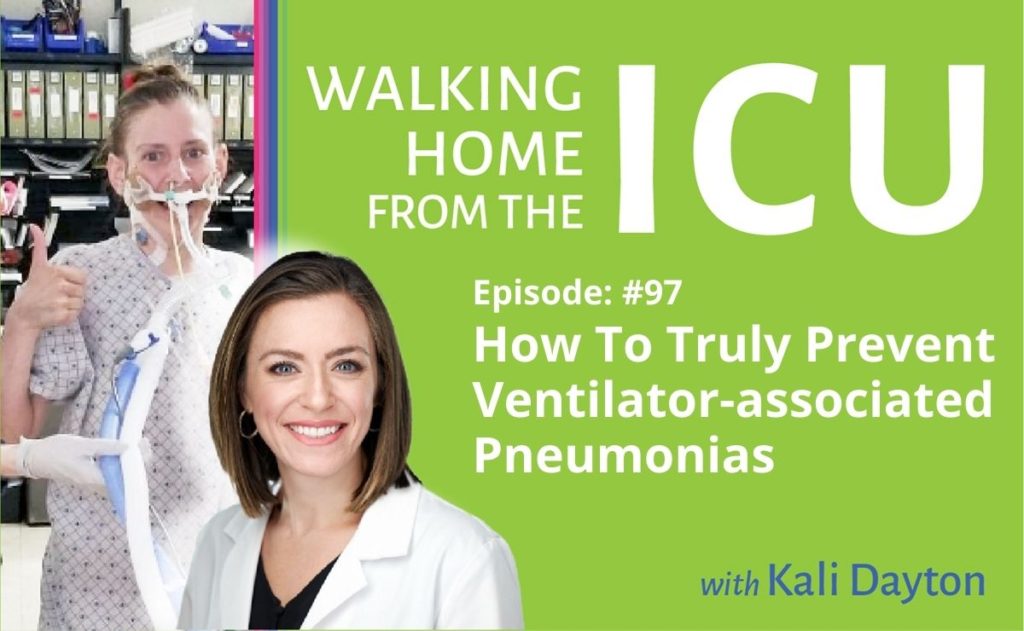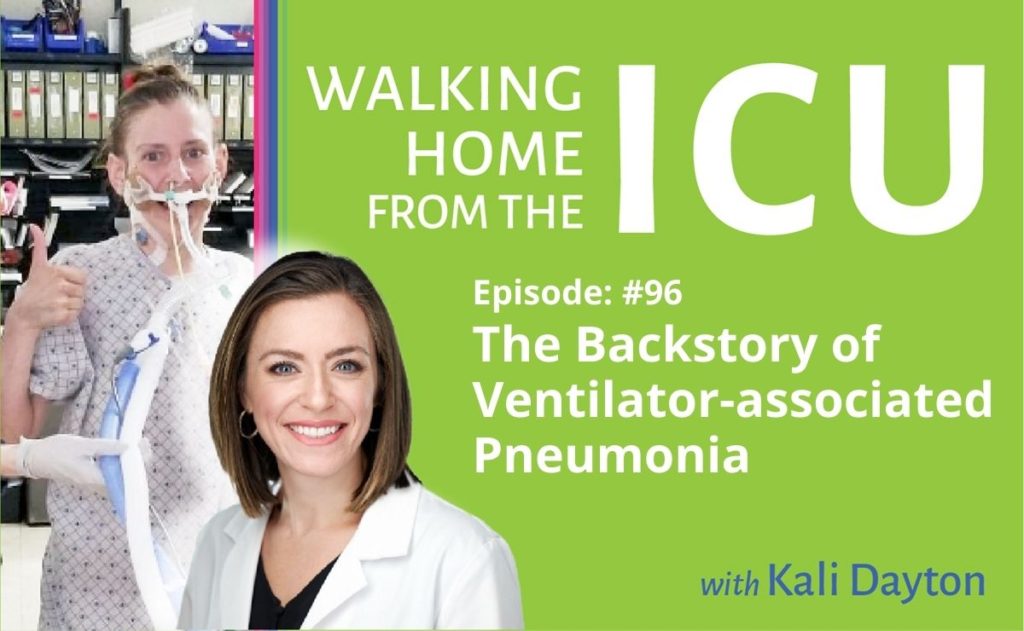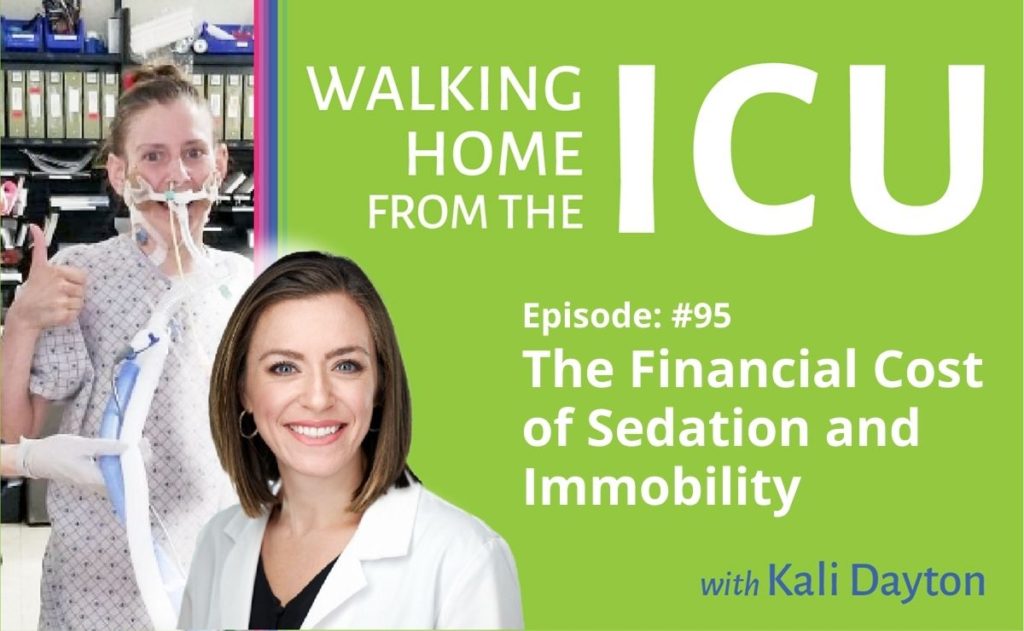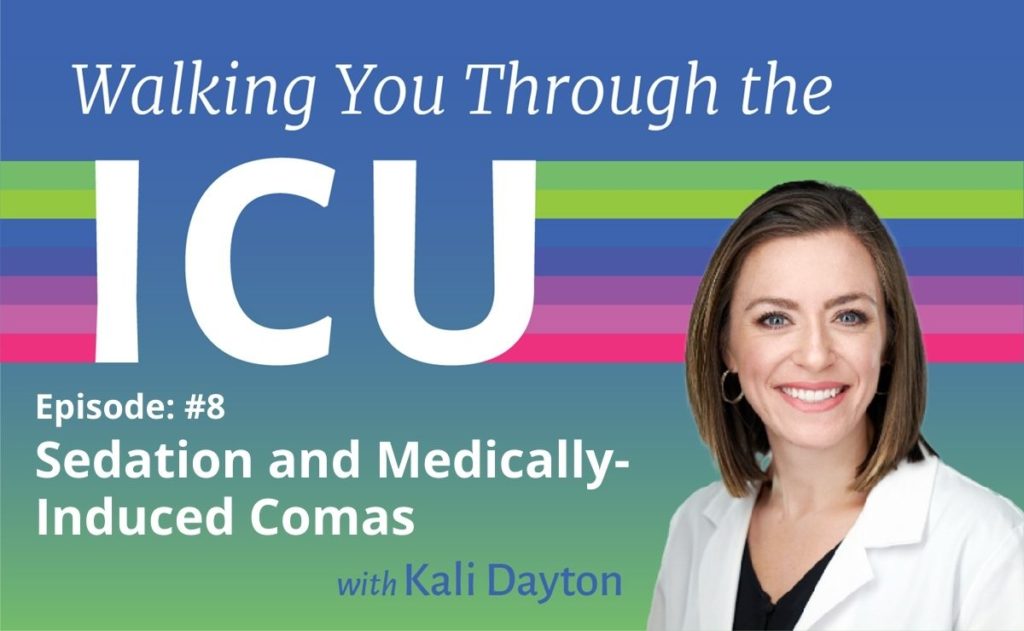
Walking Home From The ICU Episode 97: How To Truly Prevent Ventilator-Associated Pneumonias
How does ventilator-associated pneumonia occur? How does the failure to practice the ABCDEF bundle increase the risks of prolonged time on the ventilator and mortality? What do we know about the impact of early mobility on VAPs? Let’s dive deep into what we know about VAPs and how to drive down the rates in our











